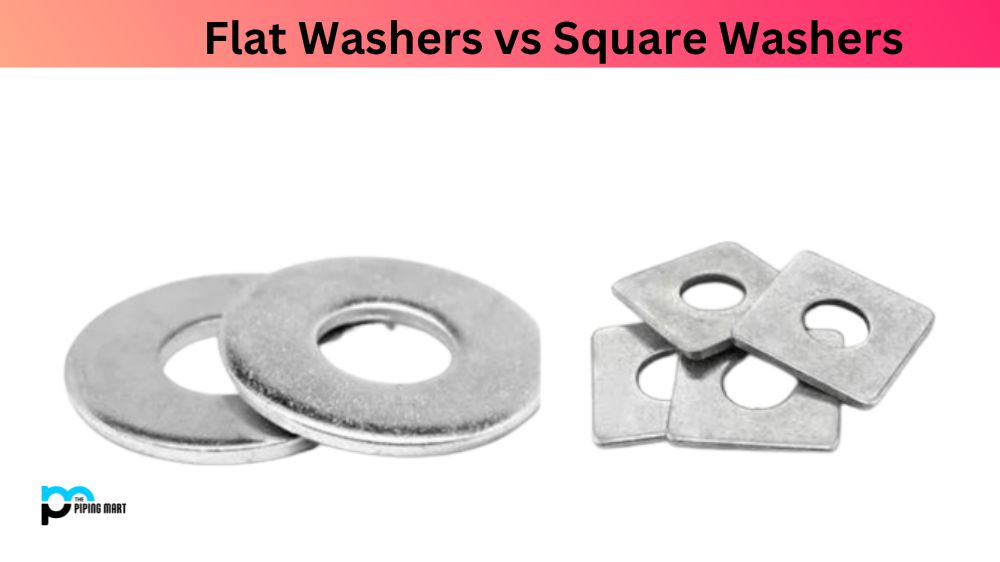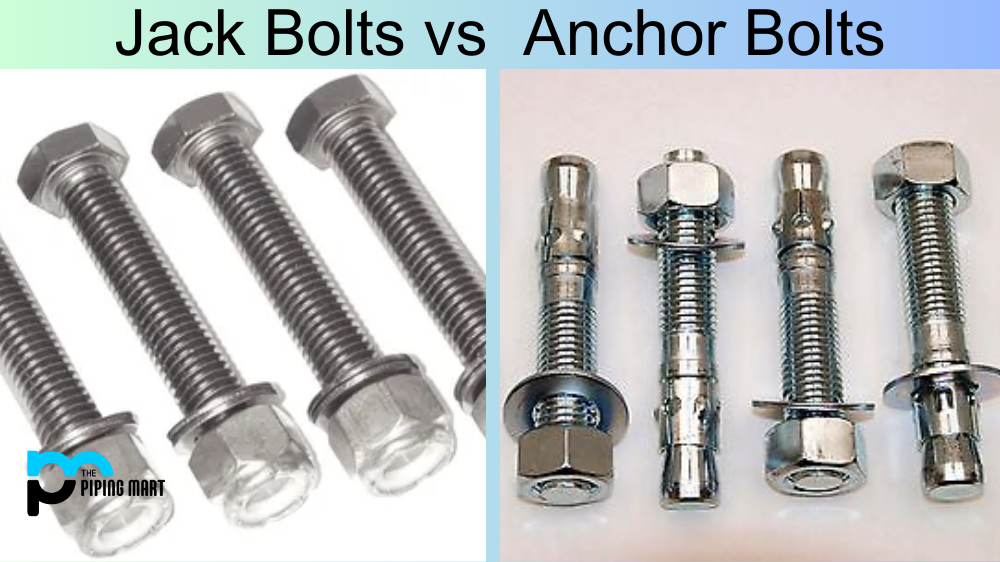The smallest parts can often make the biggest difference in hardware and fasteners. Washers are a prime example of this. They may seem insignificant, but they can play a vital role in properly functioning any mechanism. If you’re new to the world of fasteners and hardware, you might be confused about the various types of washers, such as flat and square washers. So, in this blog post, we’ll discuss the differences between flat washers and square washers.
What is Flat Washers?
Flat Washers are thin, disc-shaped parts commonly used in mechanical and structural applications. They come in various sizes and materials, such as steel or aluminium. Flat washers are generally used to distribute load, provide extra surface area for tightening mechanisms, reduce the chance of material deformation or splitting from fasteners, and act as spacers for load-bearing surfaces. These small components can significantly impact the strength and reliability of connections between bolts/screws and other objects when properly installed.
What is Square Washers?
Square Washers are unique fasteners typically used in construction projects and industrial applications. The shape is designed to provide extra strength compared to traditional flat washers, as the four corners evenly distribute the force imposed on them when tension is applied. They also have increased surface area, which provides better load-bearing capacity and can be used with any nut or bolt for added security. Additionally, Square Washers are often used with other fasteners, such as nuts and bolts, to help prevent loosening due to vibration or shock loads.
Difference Between Flat Washers and Square Washers
Shape:
The most apparent difference between the two types of washers is their shape. Flat washers, as the name suggests, are flat and circular with a hole in the centre. On the other hand, square washers are square-shaped with a hole in the centre. Square washers come in various sizes and thicknesses, from small to large.
Usage:
Flat washers distribute the load of a threaded fastener, such as a bolt or a screw, evenly across the surface of the attached material. It helps prevent damage or deformation to the installation surface, reduce wear and tear, and create a more secure connection. Square washers are designed to fit into square holes and provide a larger surface area, which gives more stability and support against twisting and rotation.
Material:
Washers can be made from different materials, depending on the environment in which they will be used. Flat washers can be made from steel, stainless steel, brass, or plastic. On the other hand, Square washers are commonly made from metals such as brass, bronze, and stainless steel.
Types:
Both flat washers and square washers can come in different types. For example, there are plain, spring, and locking washers. Plain washers are the standard washer type, while spring washers are designed to stop bolts and screws from loosening due to vibration. Locking washers are another type of washer with a locking mechanism to prevent bolts from turning loose.
Cost:
The cost of washers depends on their size, shape, and material. Flat washers are generally less expensive than square washers because they are easier to manufacture due to their simple shape. However, the cost can vary depending on the material and quality of the washer. On the other hand, square washers are more expensive due to their square shape and the additional material required to make them.
Conclusion:
In conclusion, flat and square washers are important in fasteners and hardware, but they serve different purposes. Flat washers are ideal when you must distribute the load across a large surface area and prevent damage to the installation surface. At the same time, square washers provide a more stable and secure connection, particularly in areas prone to rotation or twisting. Understanding these differences can help you choose the right type of washer for your needs.

A passionate metal industry expert and blogger. With over 5 years of experience in the field, Palak brings a wealth of knowledge and insight to her writing. Whether discussing the latest trends in the metal industry or sharing tips, she is dedicated to helping others succeed in the metal industry.




